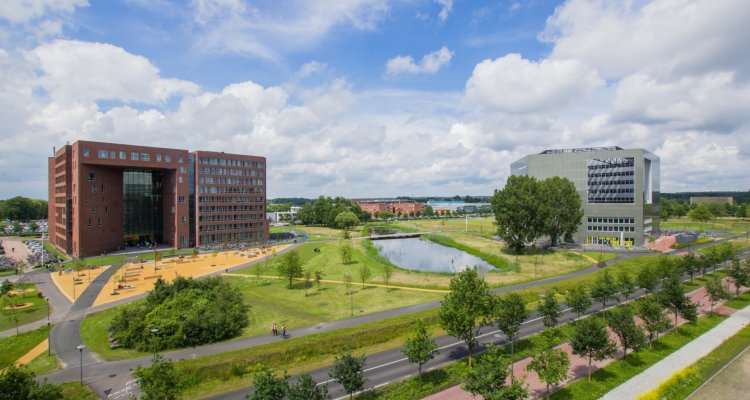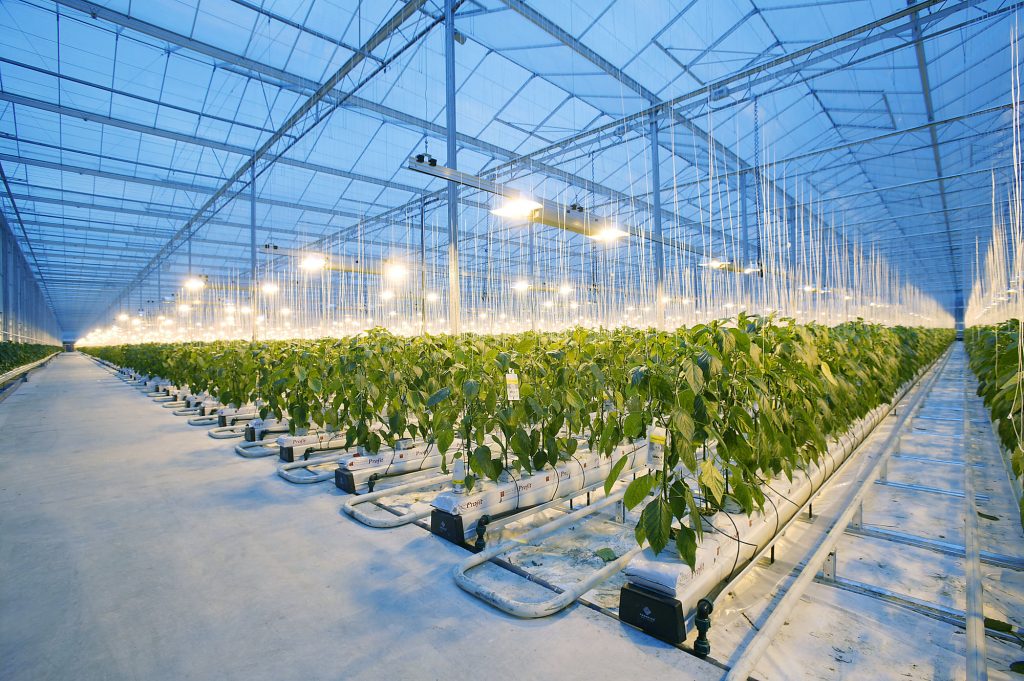WAGENINGEN UNIVERSITY
Education & Research
WAGENINGEN UNIVERSITY
Education & Research
Innovative ways to
to classify plants
ABOUT
About Wageningen University
Wageningen University and Research has the unique position of being the only university in the Netherlands to focus on healthy food and the living environment. Wageningen University & Research’s history dates back to 1876, when it opened as a national agricultural college. Wageningen University & Research consistently ranks as one of the world’s top universities. In its life sciences specialism in particular, it’s considered one of the best universities in the world.
Its mission is “to explore the potential of nature to improve the quality of life”. The university’s 20 bachelor programmes all share this common theme, from agrotechnology, to molecular life, to international land management.
Challenge
In a study on modernizing agriculture from Wageningen University, Recreate helped develop a number of applications to support in the greenhouse.
The first focus was on an application for the HoloLens 2 that would provide users with live data by looking at signs above plants and capture information about their status without hands.
Work was also done on mobile applications, as this is more accessible for large-scale rollout. The mobile apps have the same applications as on the HoloLens 2, but are obviously not a direct copy. After all, a mobile app requires a whole new take on design to make it as ideal to use as possible.
Measuring plant stress with the Hololens
The implementation of the applications made extensive use of Microsoft’s Azure cloud environment. A great example is annotations, which use Azure Speech and LUIS to translate voice input into relevant information. Users can now simply stand by a plant and verbally tell it its status (“Today I count 5 new flowers and the fruit setting is good”). This information is automatically updated in the linked Letsgrow database.
Plant stress is also an important indicator of crop health. Abnormalities, from nutritional imbalance, to fungi and herbivory, to climate imbalance, affect plant stress. The Normalized Difference Vegetation Index, NDVI for short, can be used to detect this. NDVI combines the red channel of a color image with an infrared image to detect stress in plants before it is visible to the naked eye.

